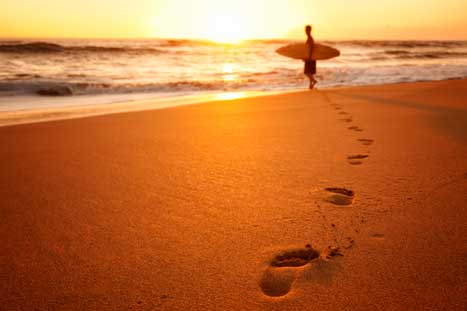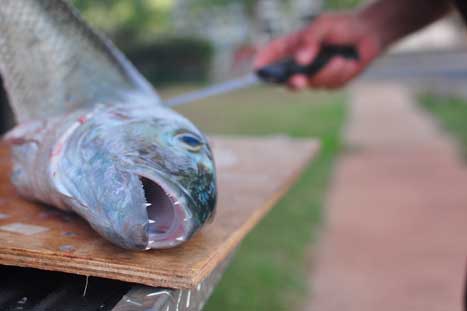
Ultimately, the biggest factor affecting how much you spend on your trip to Hawaii is when you choose to go. Come during peak winter season, between January and March when snowbirds are escaping winter on the US mainland, and you might pay double for your plane tickets and hotel. The months of June through August, when schools take summer vacations, are also expensive. But you'll find rock-bottom airfares and room rates during the shoulder months of May, September and October, when temperatures are still balmy in Hawaii.
No matter when you visit, you can save money on accommodation year-round with a few easy tricks. Big discounts are often available for booking five nights or longer, so base yourself in just one place on each island and take day trips. Skip the 50% to 100% mark-up for an ocean-view hotel room, where you might need a zoom lens to glimpse the waves. Garden- or mountain-view rooms tend to be the cheapest, and even if you do end up looking at a parking lot instead of tropical greenery, how much time are you going to spend indoors anyway?
To really save big, book a dirt-cheap campsite (bring your own tent!) or a rustic cabin at Hawaii's national, state and county parks. Sometimes the ocean views and secluded beaches beat what you'd find at a $700-a-night resort villa – sweet!
No matter what your budget, you won't regret paying for an activity you might only ever get a chance to try in Hawaii, whether that's learning to ride a surfboard, paddle an outrigger canoe through tossing waves, or go snorkeling or scuba diving with giant manta rays. Unusual and unique tours, such as boat trips to see the Big Island's fiery lava flow into the sea, may not be cheap but you'll be bragging about them for years.
Not as worth the splurge are Hawaii's tourist luau. These Las Vegas-style dinner shows with Polynesian fire dancing, weak mai tais and bland buffets can cost more than $100 a person. You're better off catching a free, authentic Hawaiian hula performance at an outdoor park or an oceanfront hotel bar that also serves pupu (appetizers).
Helicopter tours cost even more than luau and rides are typically short, not to mention the noise pollution and carbon emissions that impact Hawaii's natural environment. Instead you can hike to many of the same inspiring viewpoints on the islands' myriad trails. Your chances of spotting unique and endangered wildlife are also much better on foot than from behind glass while strapped into a helicopter seat.
Many of Hawaii's best outdoor experiences are completely free. Hang out by the beach all day and you won't pay a penny, because the state's 750 miles of coastline are free for public access by law. Many national, state and county parks also cost nothing or very little to visit, from azure bays where you can snorkel with sea turtles to ancient Hawaiian archaeological sites such as sacred heiau (lava-rock temples).

The usual advice for saving money on food while you're traveling – cook for yourself – doesn't always apply in Hawaii. Even for local residents, grocery shopping can be shockingly expensive. Why? Because 85% of Hawaii's food has to be imported by ship or plane. You'll pay extra to rent a condominium with a kitchen instead of a hotel room, too.
If you do go food shopping, try to buy local – pick island-grown fruit like papaya and guava instead of imported bananas, and fresh seafood instead of poultry or red meat. Farmers' markets, which happen several times weekly on all of the main islands, are aloha-filled community gatherings where you can stock up on groceries, tasty take-out meals and Hawaii-grown coffee beans while slack key musicians serenade.
Then follow all the locals to roadside food trucks, neighborhood drive-ins and take-out kitchens, where an island-style plate lunch of, say, BBQ ribs or grilled fish with 'two-scoop' rice and salad on the side, might feed two people for just $10. These also happen to be the best places to sample a fusion of flavors from Hawaii's multi-ethnic immigrant cooking traditions.
Even at high-class beachfront bars and resort restaurants, you can save serious moolah if you drop by during pau hana (literally, 'stop work' in Hawaiian pidgin) happy hours, when discounts on drinks and food abound.